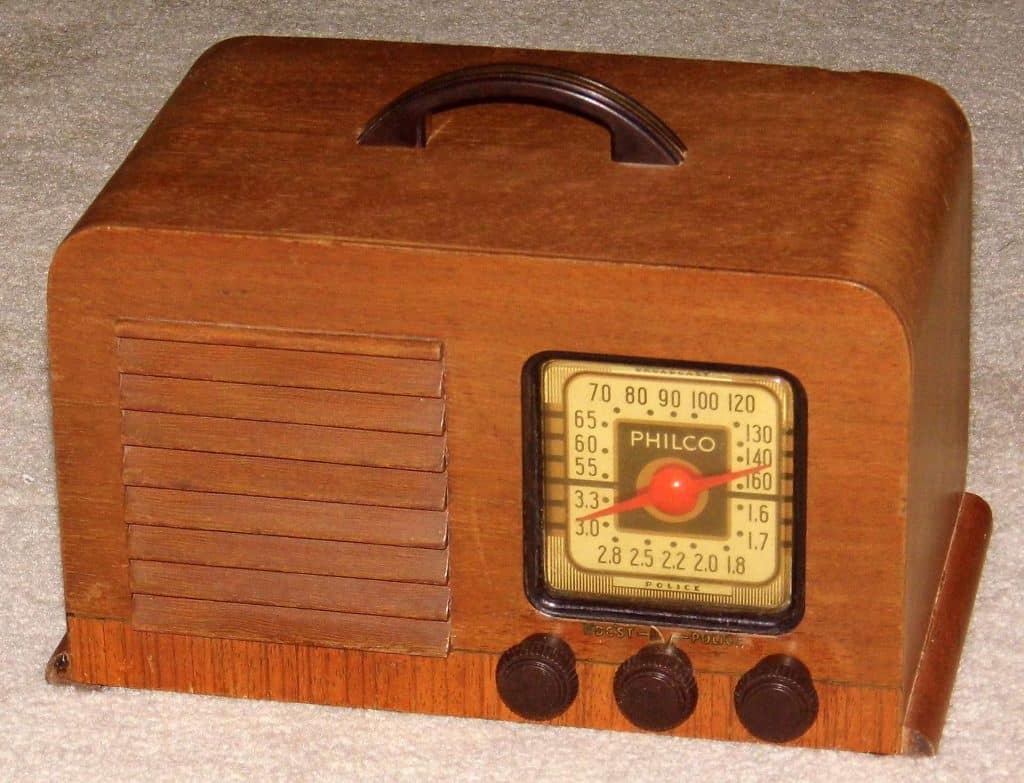In a recent post, A Trip To The Pictures, we looked at the popularity of picture houses in the 1940’s. But what other forms of entertainment were on offer?
Entertainment At Home
It was at least another decade before most British households could afford a television. The wireless offered entertainment and information for adults and children alike. Already popular in the 30’s, radio listener numbers increased during the war, by the middle of the decade the nation owned almost ten million radio licences. The BBC launched The Home Service with the outbreak of war in 1939, broadcasting throughout the day until 1967 when it was replaced by Radio 4. In 1945 the BBC launched Light Programming, adding the first episode of Woman’s Hour in 1946, along with serial dramas including Dick Barton – Special Agent, and musical entertainment in the form of shows such as The Billy Cotton Band Show.Dance and Music
Swing and jazz dominated the dance halls as early as the 1920’s, but big band music took on a life of its own with the outbreak of war. Dances occurred in church halls and other community venues, but young people usually danced to their favourite recordings rather than live music. The beat was lively, energetic and exciting, great for boosting morale both at home and abroad. American troops stationed in Britain introduced daring dance moves from home with the Jitterbug and the craze hit here too.
Recognising the benefits of music as entertainment The Entertainments National Service Association organised shows for British troops and civilian workers, even the National Gallery became a concert venue for those seeking classical music. After the war jazz and swing were replaced by skiffle, famously played on household items such as washboards. English entertainer Tommy Steele began his career in a skiffle band.
https://www.youtube.com/watch?v=WmYOEUZDj6A
Football
Sports became a huge national pastime in the post war years, but football also played a crucial role in boosting morale during the war. Despite conscription, playing and watching football continued to be a common form of recreation at home and matches were often used as a fundraising opportunity. In 1943 Chelsea recorded crowds of almost 55,000 people and raised £8,000 for the Navy Welfare League.
Many large factories had female football teams, but matches were difficult due to the FA banning women’s teams from all league pitches in 1921. By the end of the war 80 professional footballers had been killed in action, with many more injured or permanently impacted by the perils of conflict.
